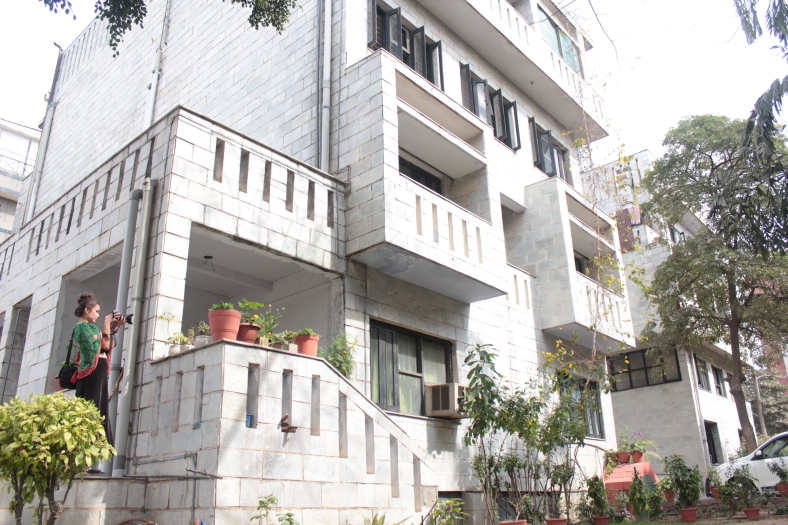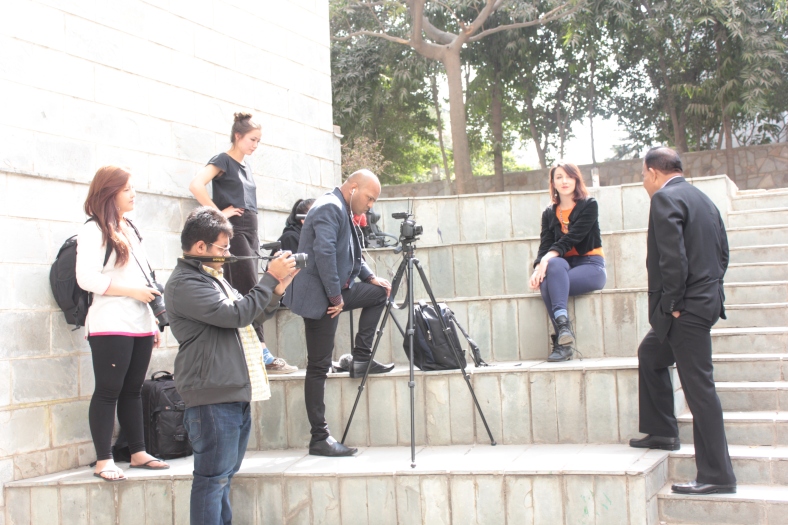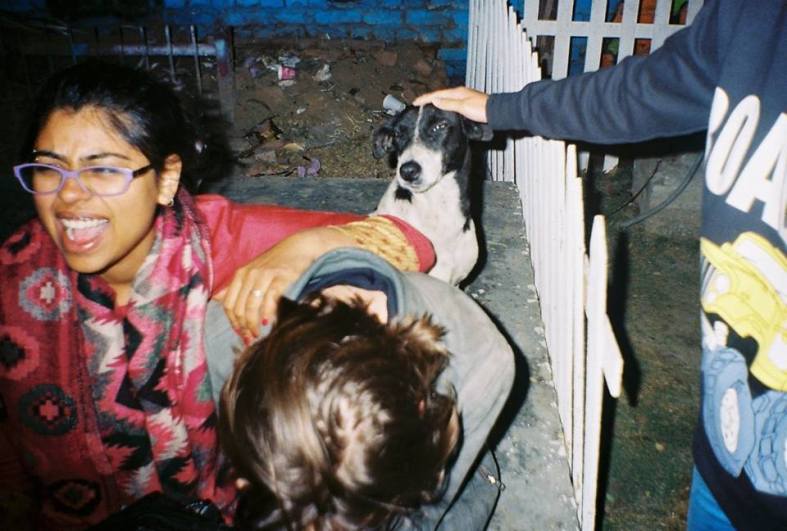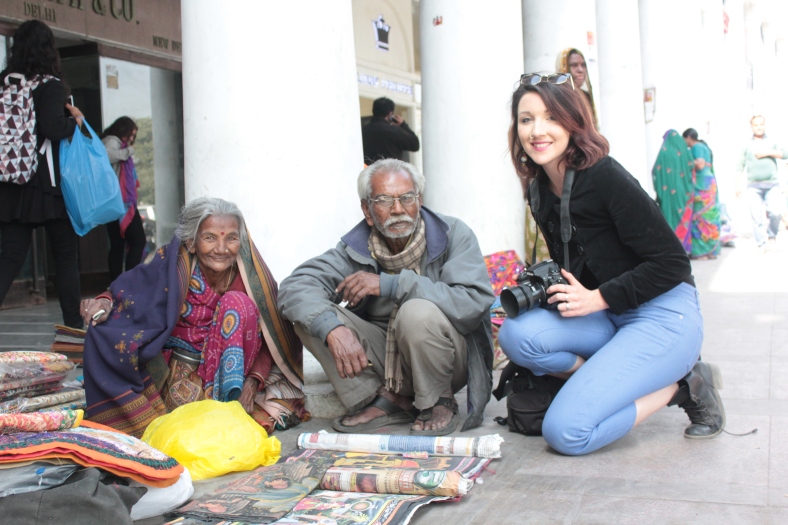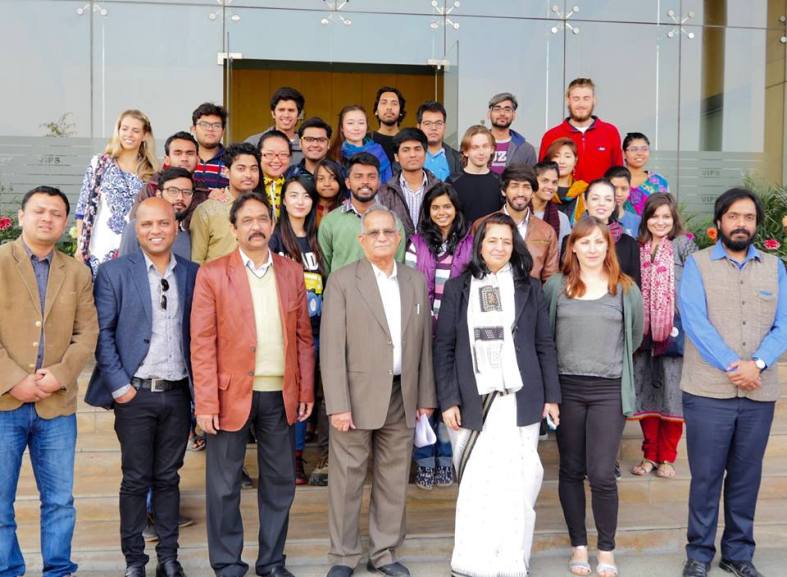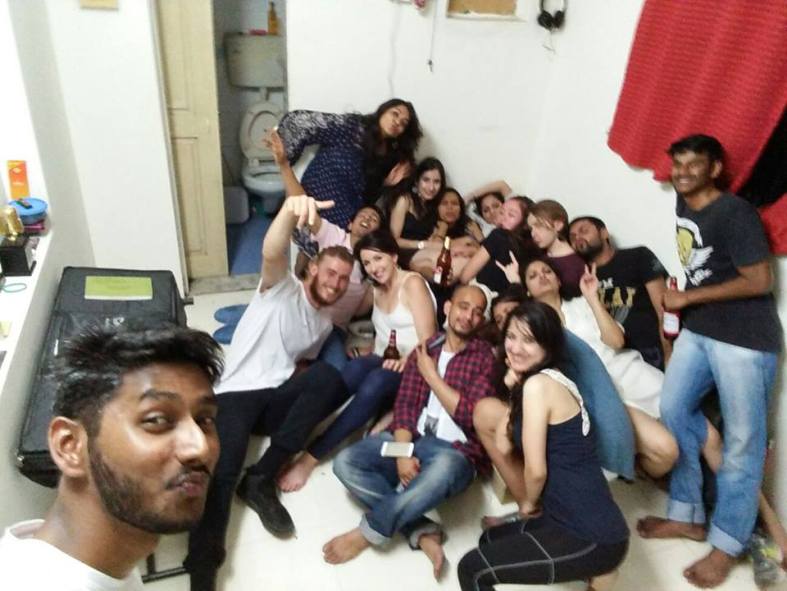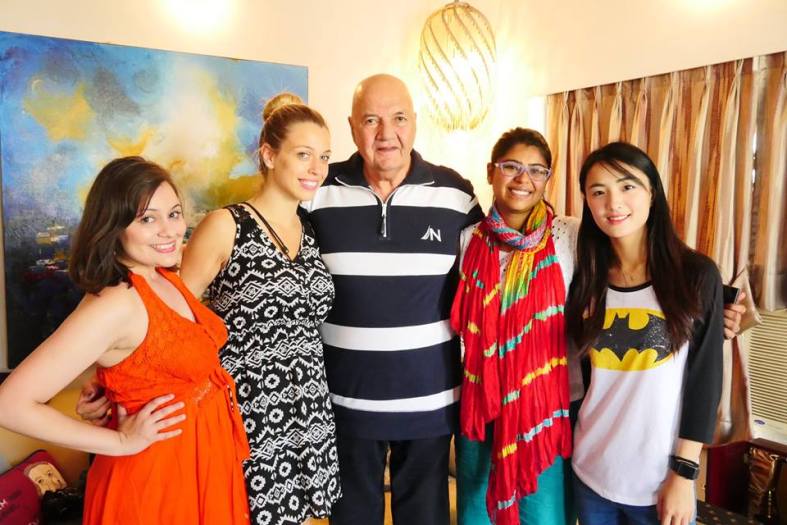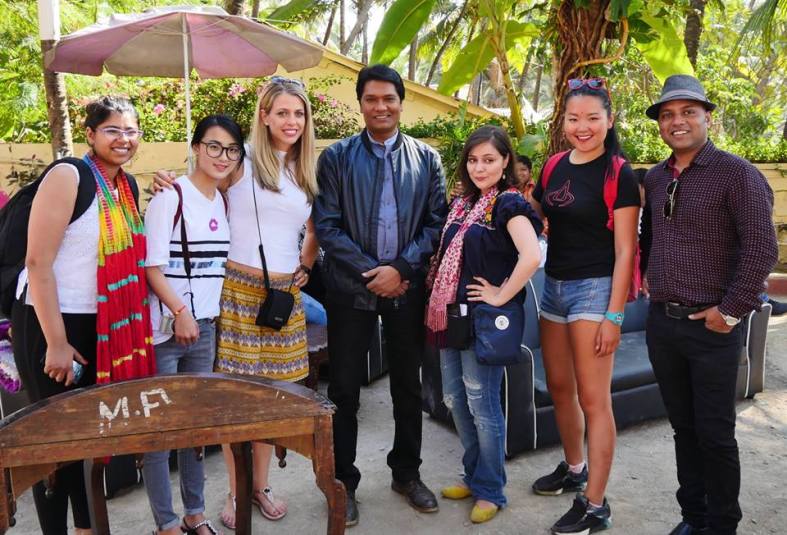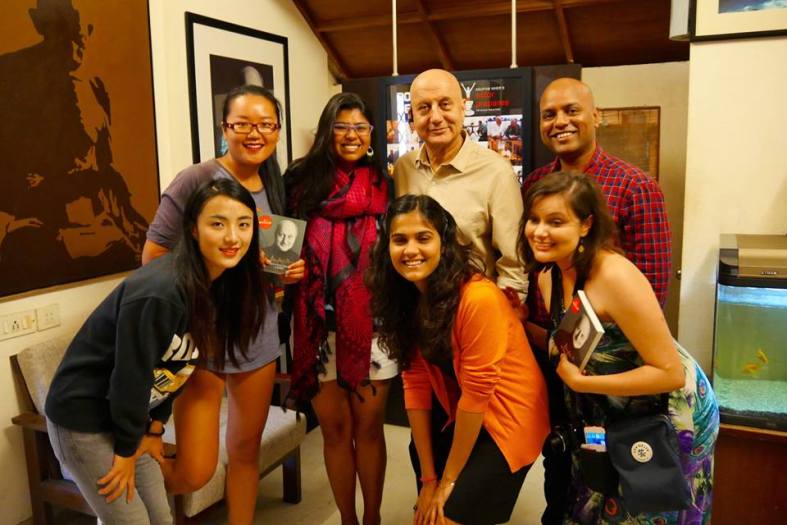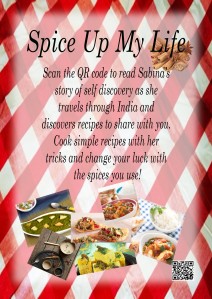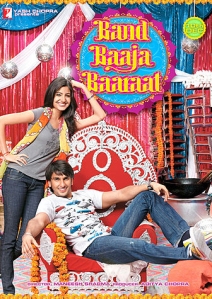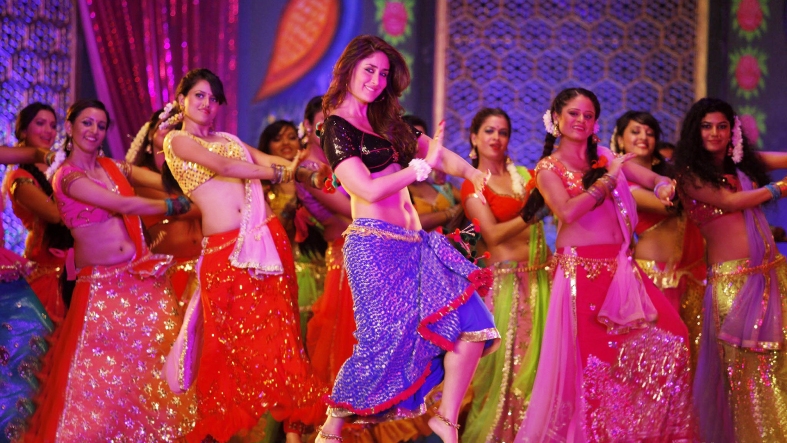
While in India, talking to filmmakers and stars, I realized that Bollywood as an industry was completely different from Hollywood. Since then, having done more research on it here are somethings I realized.
Every story has been formed by a person, a person definitely belonging to a religion which has in many ways defined his story. One of my greatest findings has been that the stories or plots of Hollywood films are heavily based on redemption as Lisa Dethridge mentions in her book – ‘How to write a screenplay’. But where does the concept of redemption come from? Christianity. But if that theory is true, what would Bollywood films be based on? I believe that Bollywood stories come from the concept of Karma which comes from the Hindu religion. This makes the plots of both industries completely different.
India is a country of poverty, illiteracy and abundance of population, where the earning is limited, the infrastructure on the rise but still poor, and Indian have a hard life. The last thing they want is a serious movie outlining hardships without a way to overcome it. What is welcome instead is the dance, the music, the emotion filled drama the plots have to offer and magnificent international backdrops that most Indians will never see in reality. They need an escape and Bollywood is the industry that provides it. Where most Hollywood films are like short stories, Indian films are like novels that have a lot of characters, a theme that envolves generations and lifetimes, many incidents all coming together to form one heck of a story. That is why we call Bollywood Cinema an escapist cinema.
Shantanu Gupta, a famous Indian screenwriter said, “Hollywood films can sustain interest, or can interest their audience with one track. You can have a bomb in a bus, a girl driving the bus, and a man whose sole mission is to save the bus driver and passengers. That is all! This is the whole film. We can’t do a film like that. I wish we could – it’s so straightforward! It can be only one scene in a Hindi film, like the climax. It cannot be the whole film.”
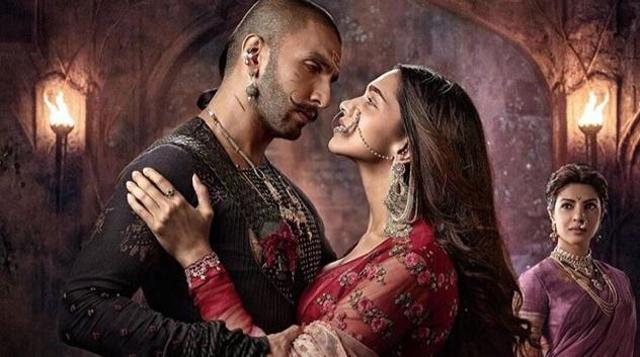
The plot of Bollywood films generally revolve around relationships and the emotions of the people involved. There are a lot of Indian films which are said to be rip offs of Hollywood films, but there is always a difference. This difference is what makes them Indian. Culturally, we are a very different community and emotions dictate everything. It is common for large families to live together, and the break up into nuclear families does not come without the emotional blackmail from the older parents! Strong, intense relationships make our backdrop and that is the way we have grown. We like our emotions and we like them in our films, so a Hollywood movie with emotions turned up super high makes a Bollywood movie.
As I mentioned before Karma, from our mythology plays a great role here. If someone dies, he deserves to die. If someone kills, it is because he has a very good reason to kill. Generally an emotional one, not like James Bond!
Our characters have several high and low points throughout the film, distinguishing it from Hollywood’s mid to low to rock bottom to soaring high. Our plots are multi-linear in nature. Our characters do not have ordinary routines, they have sacrifices, consequences, relationships, moral conflicts and what not, making most films an epic story. We are said to follow a four act structure as compared to Hollywood’s three act structure, and due to the length of our films and amount of drama, an intermission divides the film into half. This half point generally has a lot of drama or suspense attached to it, like the end of a great chapter in a great novel, you have to read on! Or in this case, get some popcorn, cause shit is going to hit the fan!
Song and dance according to Vivek Agnihotri, are a tool used to cause interruptions in the plot while enhancing it and providing a more delay in the development of the plot. That is interesting, as the suspense is being drawn out. Another very interesting thing he pointed out was that the audience actually like the length of the films because they paid money to come relax and make a day of film watching. With limited funds, the drawn out film feels like a better reason to have spent the money. We enjoy them long. It is our escape from reality.
Other stark differences include funding. The concept of crowd-sourcing is still unheard of in India. Most films are funded by rich individuals or the underworld (I heard this from a film director in India!!). Bollywood is in every way very different from Hollywood and I find these differences alluring. I would like to be part of both industries during my career trajectory and hope to keep digging up more.
References:
Ganti, T, 2004. Bollywood: A Guidebook to Popular Hindi Cinema. 1st ed. UK: Psychology Press.
